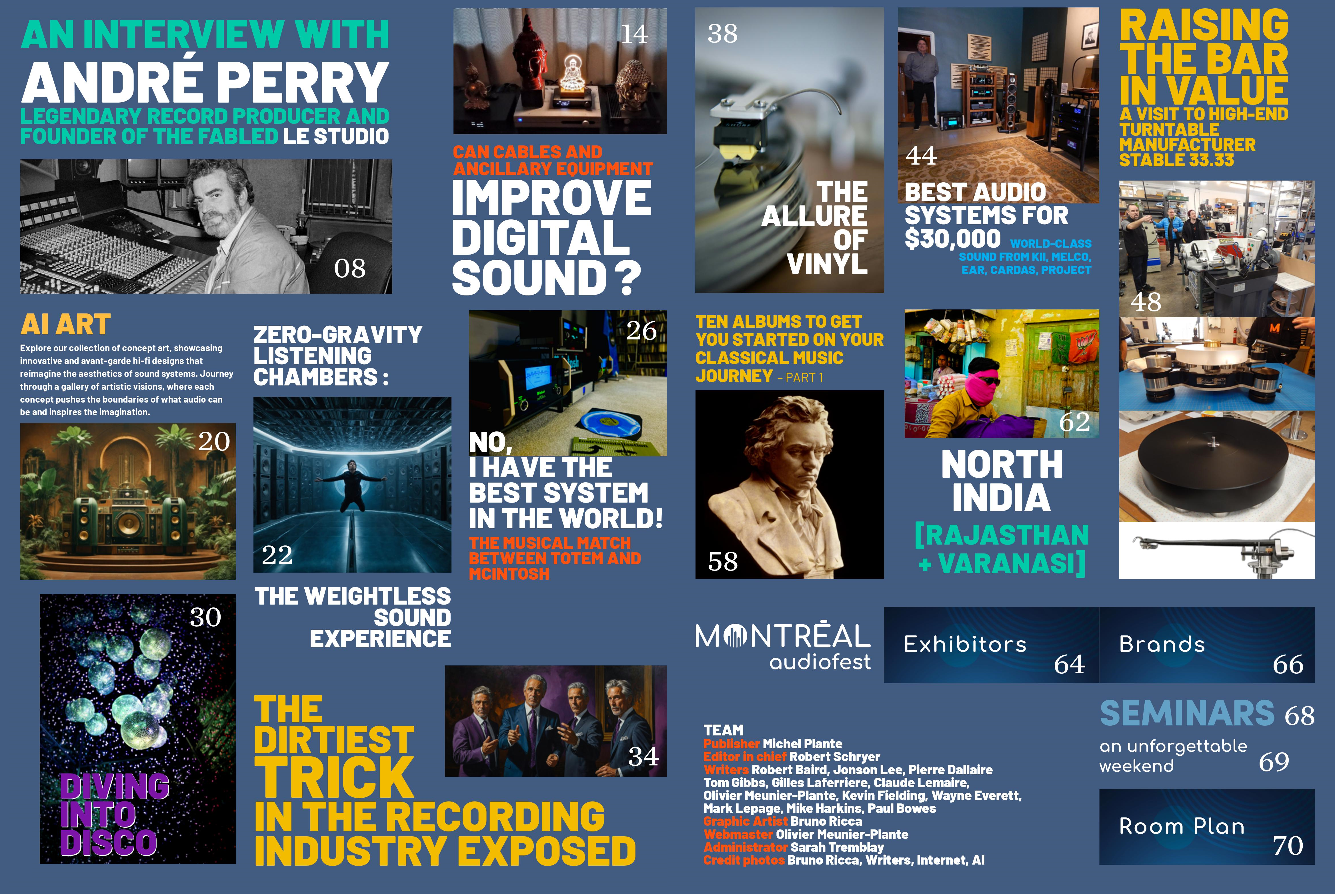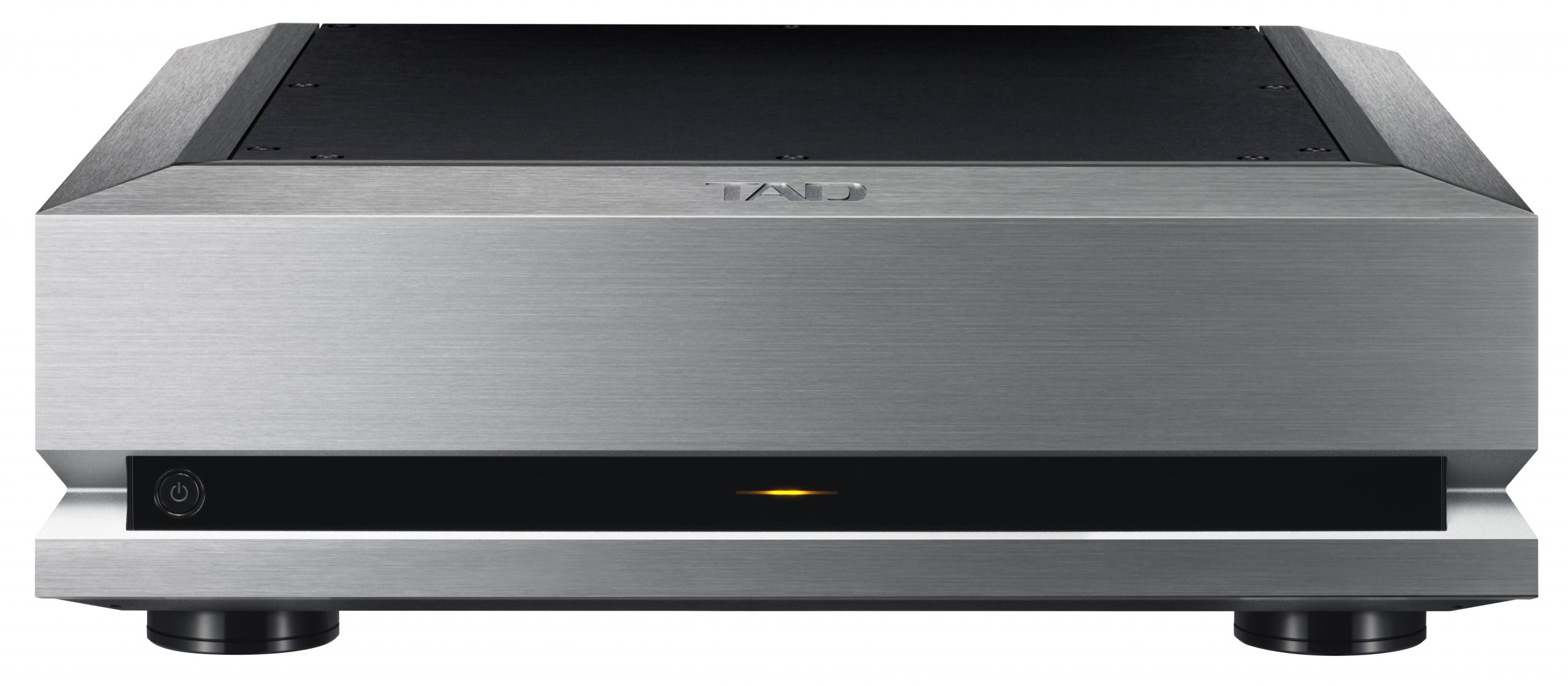
This article first appeared in PS Audio’s Copper Magazine.
If you’re human, you make mistakes. Sometimes they are driven by emotion, sometimes by ignorance. But you’re never going to escape them, and you’ll always be sorry you didn’t, or couldn’t, avoid them. Making mistakes and being sorry is part of the human condition.
But if you focus on them, you may see your entire life as a comedy of errors. That’s a mistake. You’re no more fallible than the rest of us. Unless you feel you can act with impunity – which is another mistake – you’re just like everyone else. As my buddy Jimmy used to say, everyone’s a screw-up, just in different ways (he used more colorful language).
It’s easy to see the mistakes of others as incredibly stupid. Often we do this while making mistakes ourselves that are equally shortsighted. When we realize this we feel stupid. Once we accept that we all screw up from time to time, we can forgive others — even for the mistakes they directed towards us. The real value of forgiveness is that it leads to self-acceptance.
Audio systems are flawed too. Nevertheless, we insist, like Don Quixote, on chasing the dream, and go to great lengths and expense to achieve perfection. A new system, like a new sweetheart, seems perfect…for a time. But when the honeymoon is over, reality sets in, and you discover that your new acquisition is as flawed as the last, just in different ways. Good thing ex-audio equipment isn’t entitled to alimony.
Back in the last millennium, I ran into one of my ex-systems at the home of the guy I’d sold it to. It sounded much better than I remembered. So good in fact, I was thinking I might want the system back, but there’s no way Russell was letting go. Mistakes suck.
He told me he’d taken the trouble to cultivate a relationship with his system, (I knew to do that, I just didn’t bother when it was mine. That was a mistake.) Apparently, he’d moved the speakers around the room till they sounded just right and rearranged the furniture accordingly. He glued some acoustic foam around the tweeter to minimize diffraction and make them sound smoother, replaced the tired midrange drivers with those recommended by a parts house, braced the interior of the cabinets, and experimented with different damping materials.
He’d also added some acoustic panels at reflective points on the walls and behind the listener, and created a 4 by 8-foot piece of artwork from wood scraps glued to a plywood board to provide diffraction between the speakers.
How’d his wife feel about all this? Fortunately, he’d cultivated a relationship with her as well. He asked her what she thought of the sound as he moved his speakers around the room, thereby involving her in the process. When they couldn’t come to an agreement on rearranging the furniture, he bargained and agreed to do it her way so long as the listening chair was properly located. In the end, she demanded new furniture for the living room, a worthwhile tradeoff in his opinion.
Russell also made her part of the creative process. Once he’d finished building the diffractive panel, he asked her to paint it. She bought several cans of enamel and painted the applied blocks in different colors to match the new furniture (see header image). As a result, she’s happy and he’s happy – all for much less than the price of the system I bought to replace the one I sold him.
Russell taught me to become an active participant in the development of my system, and not just a consumer. Once I got started, I went much further than him and learned about box alignments, diffraction, room acoustics, and digital signal processing. Turns out I could do a lot more about my sound than I thought. Like him, I also got my wife involved in the project, and discovered she was more flexible than I’d previously imagined.
In some ways, audio is a microcosm of life. Before you get it right, you’re going to make lots of mistakes, but that’s necessary in order to figure out what works. The greatest mistake anyone can make is avoiding changes for fear of getting it wrong.
This article previously appeared in issue 201 of Copper Magazine.










Leave a Reply